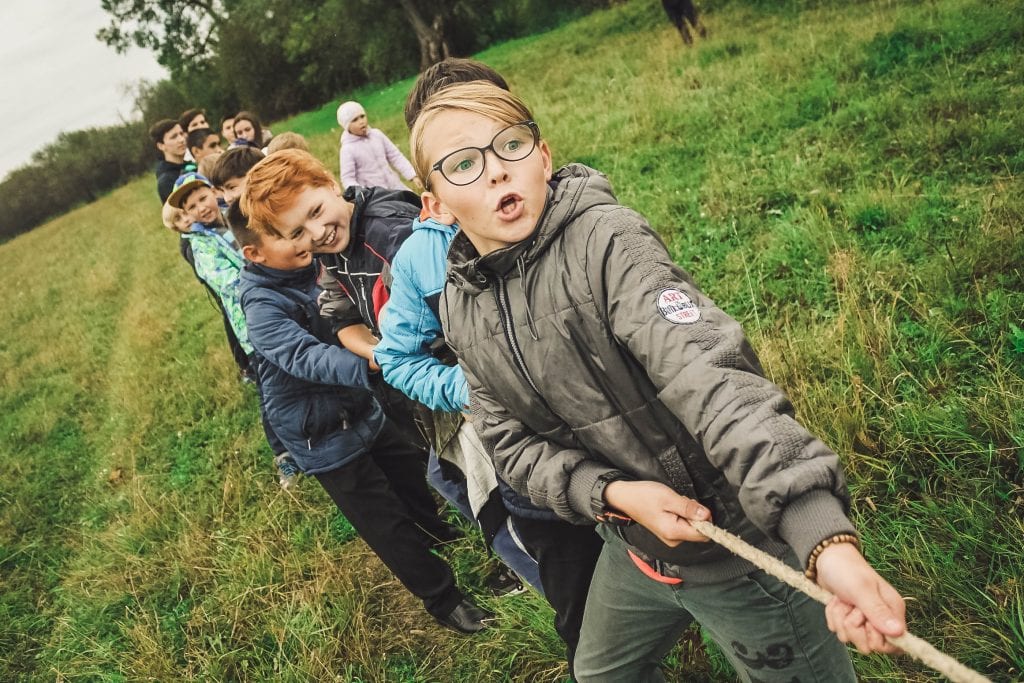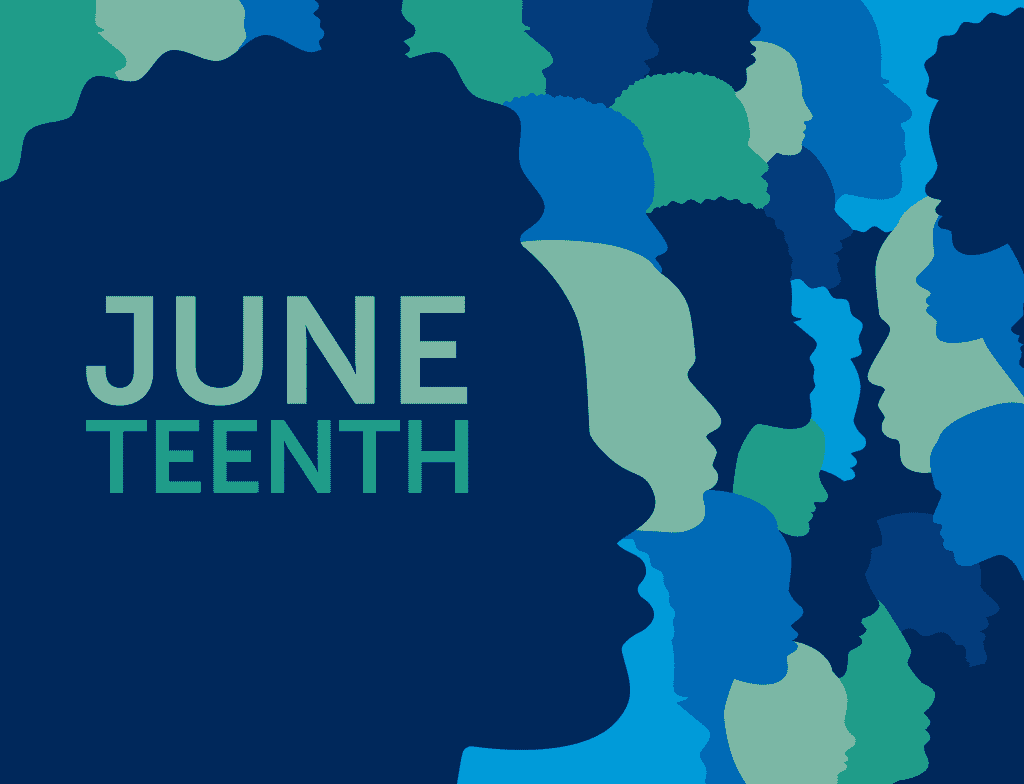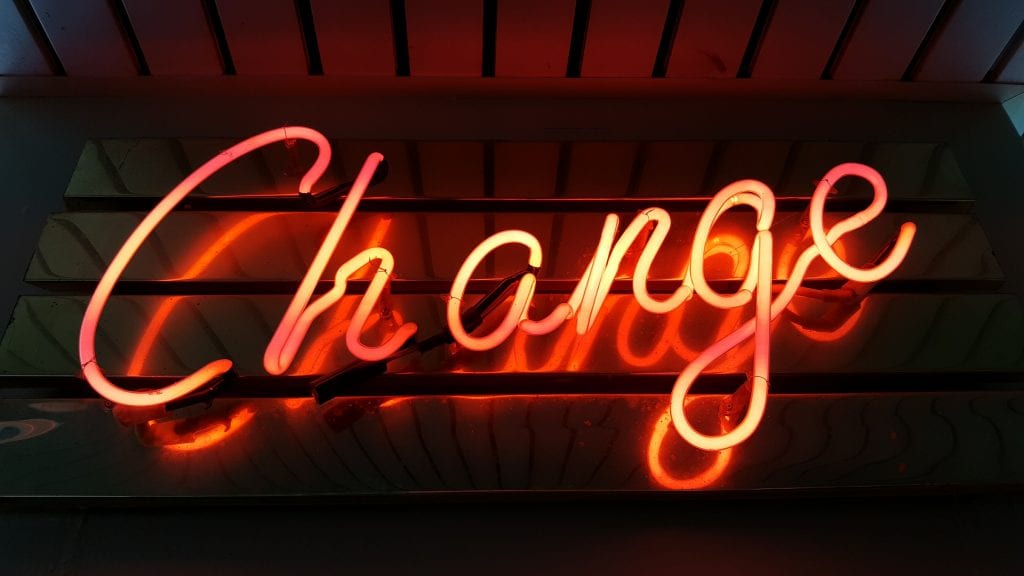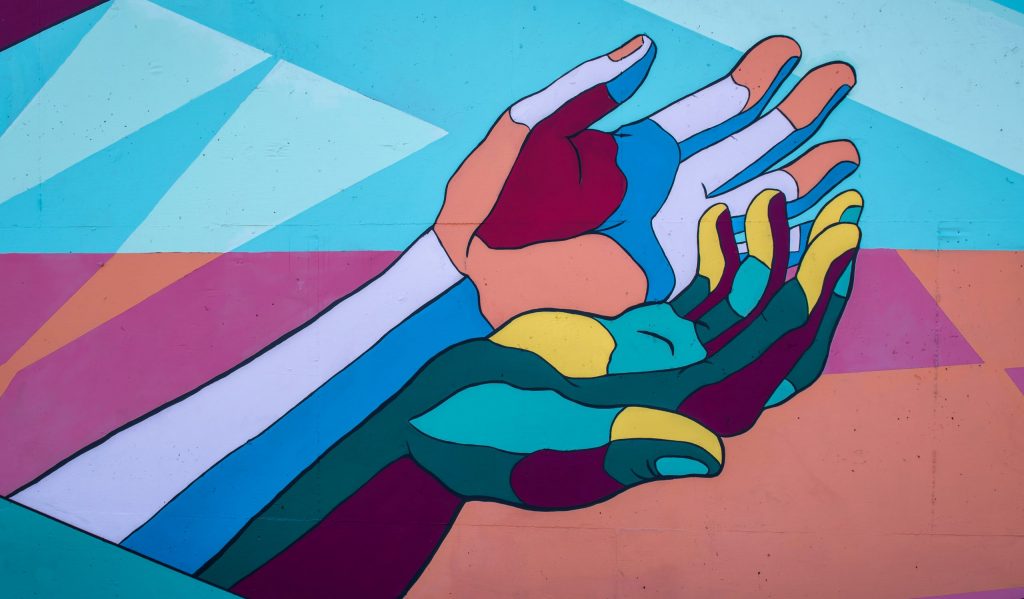Join David and Rachel as they reveal how neuroscience is shaping the newest version of NILES — and what exciting developments are on the horizon.
ListenIn organizations around the world, leaders face urgent issues: a crisis in employee engagement, the need to make workforces more diverse, and the challenge of making workplaces feel human in an era of increasing dependence on technology. At the NeuroLeadership Institute, we believe brain science can help provide solutions.

In this episode of Your Brain at Work, Dr. David Rock, the CEO and Co-founder of the Neuroleadership Institute is joined by two esteemed guests: Jonathan Haidt, a professor at NYU’s Stern School of Business and co-author of the best-seller The Coddling of the American Mind, and Alison Taylor, the…

In this episode of Your Brain at Work, Dr. David Rock, the CEO and Co-founder of the NeuroLeadership Institute is joined by Dr. Jason Mitchell, a Professor of Psychology at Harvard University. Together, they explore the concept of in-group and out-group, the effects it has on the brain and behavior,…

The United States Congress has passed a bill declaring Juneteenth a federal holiday. The bill’s passage marks the first time a new federal holiday has been established since Congress approved Martin Luther King Jr. day in 1983. More importantly, Juneteenth marks and commemorates emancipation of Black Americans. Now, organizations across…

At the start of the pandemic, when many US companies were implementing remote work policies, many leaders feared that workplace culture would wither without in-person interactions. But, to the amazement and relief of many, that wasn’t necessarily true. Why? Because your culture was never your building—it’s something more. In this…

After more than a year of uncertainty, a large portion of the U.S. is poised to return to the office in the coming months. As employees return, organizations and employees are renegotiating how, when, and where they’ll work. This migration is a once-in-a-century opportunity to build a better normal, but…

Increasingly, equity is finding its way into conversations, organizations, and acronyms across the world. But there’s a lot of noise, and many misconceptions, about what equity means and how it applies to organizations. As a result, many business leaders aren’t quite sure how to define, develop, or deploy the “E”…

In this episode of Your Brain at Work we continue our discussion of equity. This time, we explore what’s happening in our brains when we’re at an advantage, at a disadvantage, and when we seek to restore equity to a situation (or don’t). NLI Senior Client Advisor Janet Stovall is…

In recent months we’ve seen much debate, some productive and some not, on the concept of equity. So we, as we often do at the NeuroLeadership Institute, have looked at equity through the lens of neuroscience. In this episode of Your Brain at Work, Janet Stovall, Senior Client Strategist; Jeanine…
Join David and Rachel as they reveal how neuroscience is shaping the newest version of NILES — and what exciting developments are on the horizon.
ListenDon't miss this opportunity to discover how NILES can be your partner in achieving smarter, more effective leadership.
ListenIn this session, Drs. David Rock and Emma Sarro, will explore the latest neuroscience research on why the right habits are so important to build and how to do it in a way that sticks.
Listeneet the world’s smartest leadership coach, NILES, NLI’s Neuro Intelligent Leadership Enhancing System. Designed to make leaders smarter, faster.
ListenJoin Drs. David Rock and Emma Sarro as they discuss the right mindset to lead in a crisis and the necessary skills all leaders need to maintain productivity and efficiency, reduce uncertainty, and increase relatedness.
ListenJoin Drs. David Rock and Emma Sarro as they discuss what “better” thinking means from the perspective of the brain and how AI can be used to get there.
ListenIn this timely conversation, Drs. David Rock and Emma Sarro will explore insights from both science and decades of practice, including the non-obvious downsides of making learning mandatory, and three areas to focus on when making experiences truly compelling.
ListenUncertainty surrounds the future of DEI. Many organizations plan to continue their DEI work, yet they’re likely to face a number of challenges along the way.
ListenOrganizational survival in the midst of accelerating change and complexity depends on employees' sense-making, adapting, and taking risks.
ListenJoin millions of employees in creating culture change at scale by reaching out today.

In 2007, David and Lisa Rock and their team had been working in leadership development and executive coaching for ten years, when David coined the term “NeuroLeadership.”ef

North America
Africa
South America
Asia
Europe
Australia
© NeuroLeadership Institute 2025. All Rights Reserved
This site uses cookies to provide you with a personalized browsing experience. By using this site you agree to our use of cookies as explained in our Privacy Policy. Please read our Privacy Policy for more information.